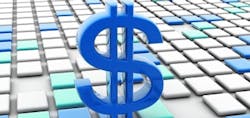Despite Uncertainties, U.S. Economy Poised for Stronger Growth
Keith Larson is group publisher responsible for Putman Media's manufacturing automation titles Control, Control Design and Industrial Networking. Email him at [email protected] or check out his Google+ profile.
Three years into the U.S. economy's most anemic post-war recovery, signs finally are pointing to stronger growth over the next few years, according to Timothy Gill, economics director for NEMA, the National Electrical Manufacturers Association. "Even as things improve, we have to be aware of the two elephants in the room," he added.For Gill, who spoke at this week's ABB Automation & Power World event in Orlando, Fla., those twin elephants are the unprecedented federal debt together with the eventual wind-down of the Federal Reserve's ongoing stimulus programs.
"Following several years of trillion dollar deficits, federal debt-to-GDP ratios are a post-war high," Gill noted. Attempts to rein in the debt via taxes or spending cuts will be a drag on the economy. But if corrective action is not taken, eventually rising interest rates will raise debt servicing costs, crowding other government spending and requiring higher taxes and/or increased borrowing, Gill said. Further, history indicates that the chances for a misstep are high as the Fed inevitably transitions to tighter monetary policy. "It's a tightrope that must be walked. When and how do you begin to reel it in?"
But Gill's prognosis wasn't all gloom and doom. That stronger growth mentioned at the beginning of this story will kick in as the recovery transitions from one led by manufacturing and exports to one driven by consumers and construction. "Consumers are getting their houses in order. Their balance sheets are halfway back to pre-recession levels, and this sets the stage for stronger spending." Meanwhile, growth in household formation is beginning to return, which should further buoy the construction and housing sector. "People had been living together who didn't really want to," Gill said.
Other reasons to be economically optimistic include the massive resource development efforts underway in North America. "It's changing the global energy picture in ways unthinkable only four years ago," Gill said. Manufacturing is benefiting from these lower energy costs as well as increasingly competitive wages and a rethinking of supply chain relationships. Further, Gill is confident that the U.S. electorate will eventually support entitlement reforms and more a relaxed immigration policy. "And the emerging middle class in developing markets will encourage new free trade agreements, trade infrastructure development and new export opportunities."
About the Author
Keith Larson
Keith Larson

Leaders relevant to this article:



